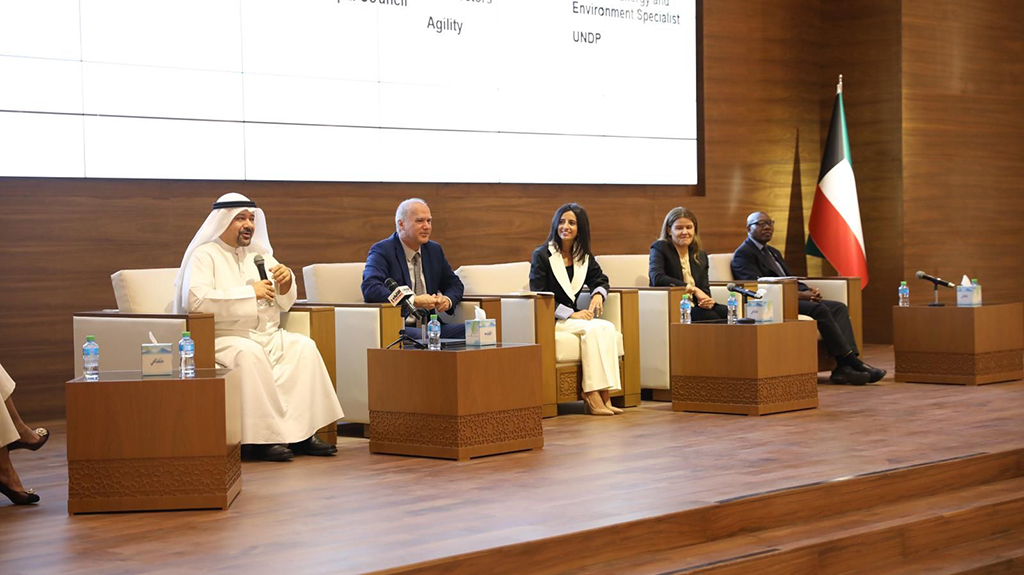KUWAIT: The general secretariat of the Supreme Council for Planning and Development participated on Wednesday in a special lecture that discussed the latest World Bank report on the economic update in the GCC entitled 'The Opportunity of Green Growth in the GCC.'
The lecture was held under the sponsorship of Finance Minister Abdulwahab Al-Rushaid. The general secretary of the Council Dr Khaled Mahdi said, "The world faces serious hurdles while combating climate change and global warming and it is clear with the increase in forest fires, floods and rising water levels which are considered major threats to the human life."
"It has become important that countries must combat climate change and global warming by supporting all global efforts by moving to green growth by reducing the amount of carbon used in global economy," Mahdi said.
 Attendees during the lecture
Attendees during the lectureThe World Bank expected domestic economic growth in Kuwait this year to accelerate to 8.5 percent, provided that the balance of public finances records a 1.1 percent surplus of total output. In its revised economic autumn report on the latest economic developments in the six-nation bloc, the World Bank expected a rise in the growth rates of the domestic non-oil sector in Kuwait by 7.7 percent this year, with its expansion in 2023, with the decline of domestic economic growth to 2.5 percent on average in 2023 and 2024.
"The report involves the latest economic developments of the GCC as it focuses on green growth during a period after the COVID-19 pandemic," Mahdi added. "The report focuses on all economic levels based on a median within the current development of fluctuating oil rates," he added.
"Kuwait is currently executing a number of green projects and is on track to meet 15 percent of its energy requirements from renewable energy sources by 2030. The projects include Shagaya Renewable Energy Park and Al-Dibdibah photovoltaic (PV) solar project, among others," Mahdi clarified. "Many other sectors have also been contributing to the New Kuwait Vision 2035 to use renewable energy while producing energy, and solar and wind power have become a tangible reality," he concluded.











